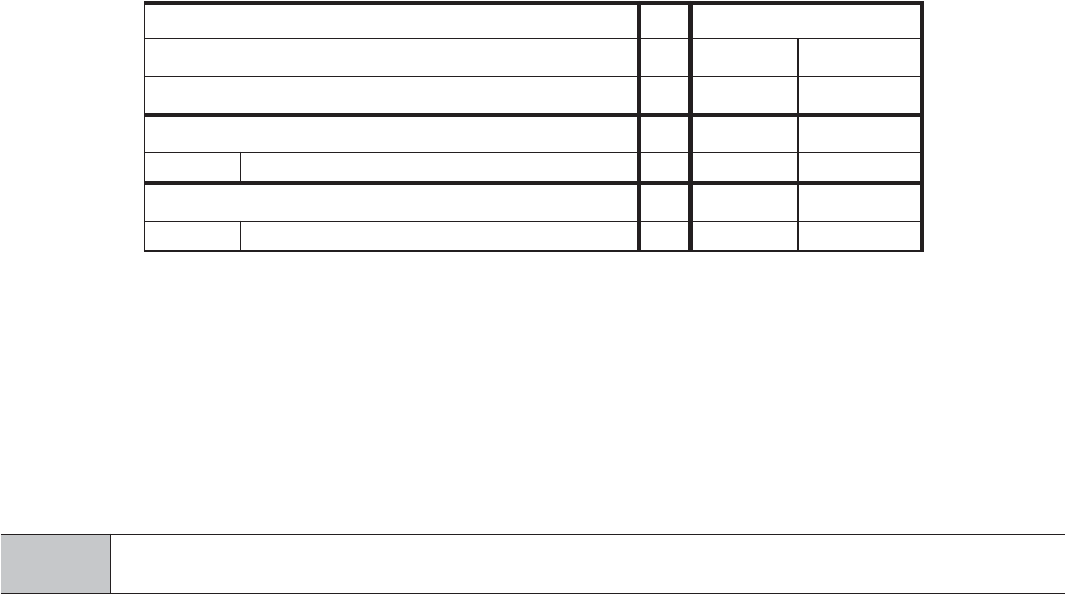
Seagate Kinetic HDD Product Manual, Rev. A 8
2.4 POWER SPECIFICATIONS
•The drive receives DC power (+5V or +12V) through the Ethernet enabled SAS device connector.
• Three +12 volt pins provide power to the drive, 2 short and 1 long. The current return for the +12 volt power supply
is through the common ground pins. The supply current and return current must be distributed as evenly as possi-
ble among the pins.
• Three +5 volt pins provide power to the drive, 2 short and 1 long. The current return for the +5 volt power supply is
through the common ground pins. The supply current and return current must be distributed as evenly as possible
among the pins.
• Current to the drive through the long power pins may be limited by the system to reduce inrush current to the drive
during hot plugging.
2.4.1 Power consumption
• Power requirements for the drives are listed in Table 2.5.1. Typical power measurements are based on an average
of drives tested, under nominal conditions, using 5.0V and 12.0V input voltage at 25°C ambient temperature.
•Spinup power:
Spinup power is measured from the time of power-on to the time that the drive spindle reaches operating speed.
• Average Current Put / Get:
Drive operation consisted of continuous PUT / GET operations, 50/50 duty cycle.
Table 4: DC Power Requirements
2.4.2 Conducted Noise
Input noise ripple is measured at the host system power supply across an equivalent 80-ohm resistive load on the +12 volt
line
or an equivalent 15-ohm resistive load on the +5 volt line.
Using 12-volt power, the drive is expected to operate with a maximum of 120 mV peak-to-peak square-wave injected noise
at up to 10MHz.
Using 5-volt power, the drive is expected to operate with a maximum of 100 mV peak-to-peak square-wave injected noise at
up to 10MHz.
2.4.3 Voltage Tolerance
Voltage Tolerance (including noise):
• 5V ± 5%
•12V ± 10%
1.0Gb Mode
Voltage +5V +12V
Regulation ±5% ±10%
Maximum Spin-up Power
Peak DC (Watts) 3
5.0 19.2
Average Power (Put/Get)
Typical DC (Watts)
3
4.25 3.60
Note
Equivalent resistance is calculated by dividing the nominal voltage by the typical RMS read/write current.


















